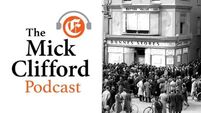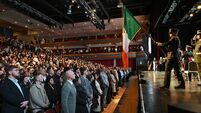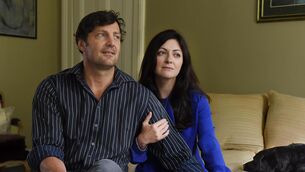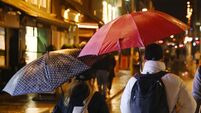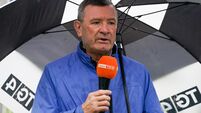Soldiers of mixed fortune
We have fought bravely and died brutally in wars ranging from the Napoleonic to the Boer to World War 11. The Fighting Irish is the story of our finest says Richard Fitzpatrick
THERE were more Irishmen than any other nationality in the British Army in 1843 — 42,000, a thousand more than the number of Englishmen. “This is one of the themes of my book,” says Tim Newark, author of The Fighting Irish: The Story of the Extraordinary Irish Soldier, “there’s almost this invisible Irish army. I was very much struck by the amount of Irishmen that served in the British Army who were dubbed Englishmen when they won the Victoria Cross. I found that absurd.”







